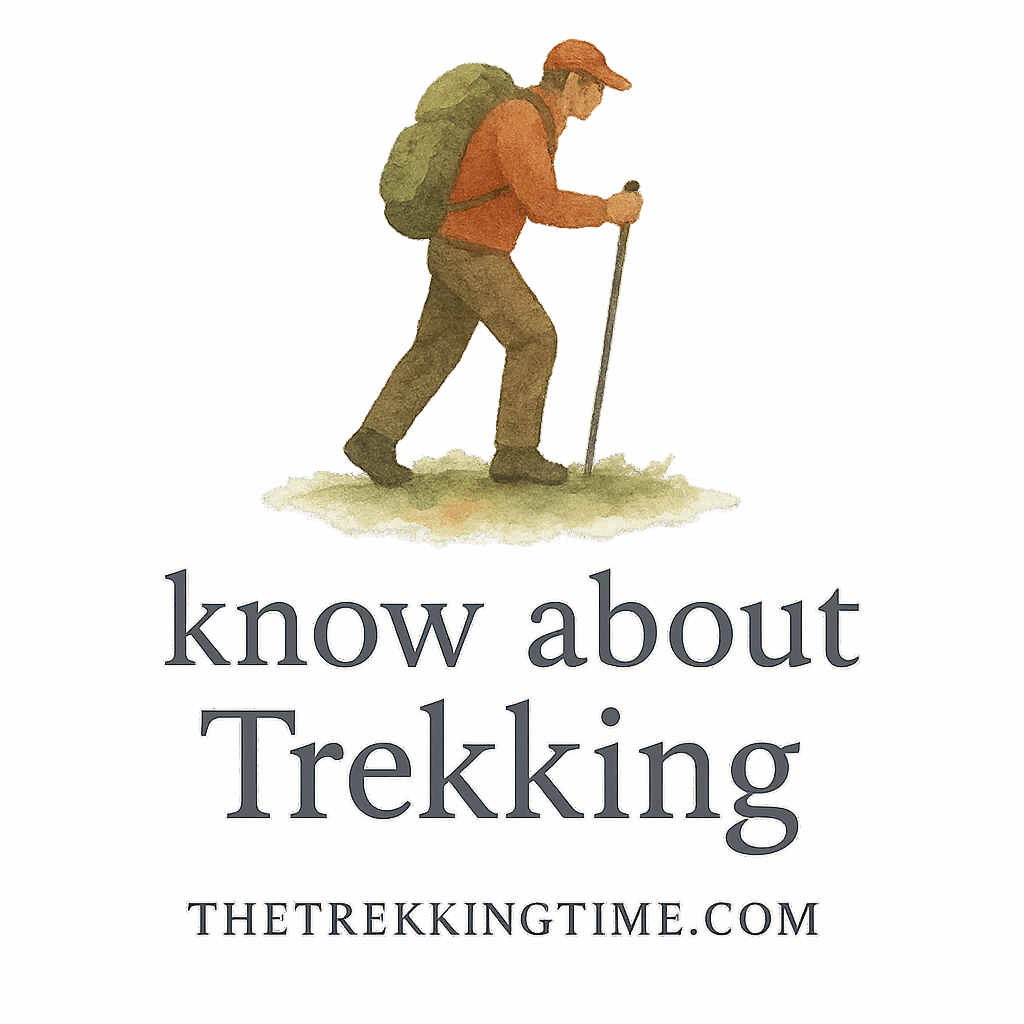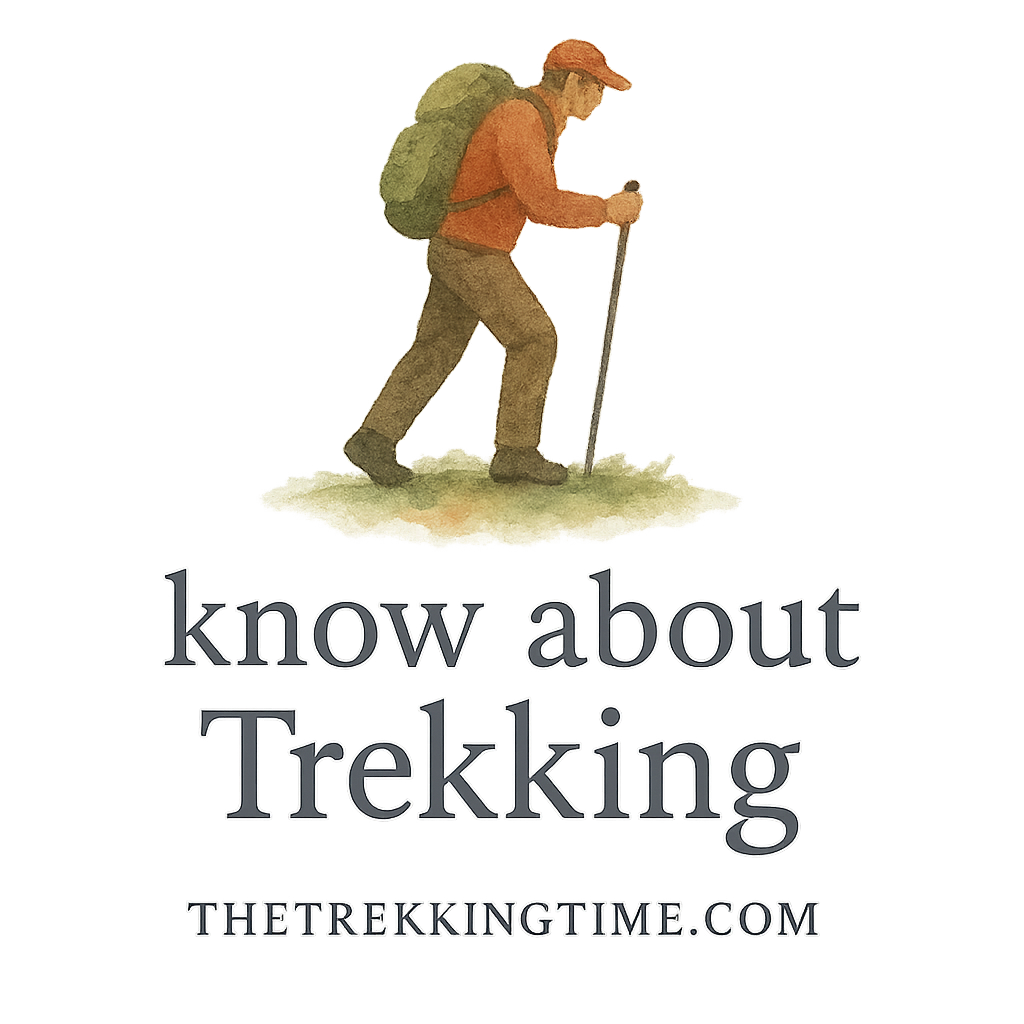Introduction to Trekking Safety
Trekking can be an exhilarating experience, offering breathtaking views and an escape into nature like no other. But before you lace up your boots and hit the trail, there’s something you can’t ignore — safety. Whether you’re trekking solo (not recommended!) or with a group, safety rules aren’t optional; they’re essential. In this guide, we’ll unpack the 10 safety rules for every trekking expedition, complete with insider tips and real talk for first-time and seasoned trekkers alike.
If you’re new to trekking, start with Trekking Basics. Let’s dive in!
Rule #1: Plan Your Trek Thoroughly
Research the Trail
Before setting foot on any trail, do your homework. What’s the difficulty level? Is it a loop or a point-to-point trek? What’s the elevation gain? Knowing these details can help you prepare mentally and physically.
Use resources like Trekking Destinations to find trusted trails and user experiences. Some routes tagged under difficult may require additional permits or local guides.
Check Weather Forecasts
This one’s a game-changer. Sudden weather changes can turn a dream hike into a dangerous ordeal. Always check the weather before heading out and prepare for the worst, especially in the mountains.
Rule #2: Get Physically Fit Before You Go
Fitness Training for Trekkers
If your body isn’t ready, your trek will quickly turn into torture. Start training weeks in advance. Try incline walking, weighted backpack training, and cardiovascular workouts.
Visit Trekking Fitness Prep for a tailored training plan. Plus, check out related advice on fitness and performance.
Mental Preparation Matters Too
Trekking is a mental game. Being mentally prepared for altitude, isolation, and physical exertion can make all the difference. Cultivate good habits and positive mental health routines.
Rule #3: Pack Smart and Light
Essential Trekking Gear Checklist
Overpacking can be just as dangerous as underpacking. Essentials include:
- Map/GPS
- First aid kit
- Headlamp
- Multi-tool
- Extra food and water
Use the guide on Trekking Gear & Packing to ensure nothing gets left behind.
Avoid Overpacking: Less is More
A heavy pack drains your energy fast. Only pack what you truly need. Remember, you’re not going on a vacation — you’re on a mission.
Rule #4: Wear the Right Clothing and Footwear
Layering for Changing Conditions
Temperature can swing wildly on the trail. Dress in layers — base, insulation, and waterproof outer — so you can adjust easily.
Footwear Can Make or Break Your Trek
Invest in quality trekking boots. Break them in well before the expedition. Your feet are your vehicle — treat them with respect.

Rule #5: Never Trek Alone
The Buddy System
Trekking with at least one partner means double the safety. You can look out for each other, share gear, and assist in emergencies.
Benefits of Group Trekking
More people, more fun — and a lot more security. Consider joining a group from a trekking club or local community.
Rule #6: Stay on Marked Trails
Why Marked Trails Matter
They exist for a reason. Marked trails are tried and tested, often with safety checkpoints along the way.
Risks of Trailblazing
Going off-trail may seem adventurous but it can lead to injury, getting lost, or worse. Stay safe, stay on the trail.
Rule #7: Stay Hydrated and Nourished
Hydration Strategies on the Trail
Drink small sips frequently. Dehydration can sneak up on you fast, especially at altitude.
Food That Fuels You Right
Go for high-energy, non-perishable snacks like nuts, dried fruits, and energy bars.
Rule #8: Be Aware of Altitude Sickness
Symptoms and Prevention
Watch for headaches, nausea, dizziness — signs of altitude sickness. Ascend slowly and stay hydrated.
What to Do If You Feel Sick
Don’t push through. Rest, descend if needed, and seek help. Check our advice tagged health for more.
Rule #9: Practice Trekking Etiquette and Environmental Responsibility
Leave No Trace Principles
Carry out everything you bring in. Respect nature by minimizing your footprint. Learn more about etiquette and responsibility.
Respect for Local Culture and Wildlife
Don’t disturb animals or local customs. You’re a guest in their home — act like it.
Rule #10: Prepare for Emergencies
Know Basic First Aid
Enroll in a wilderness first aid course. Know how to treat cuts, sprains, and bites.
Use Emergency Communication Tools
A satellite phone or GPS beacon can be a lifesaver. Especially in remote hiking areas like the Himalayas.
Conclusion: Stay Safe, Trek On!
Trekking isn’t just about reaching a summit. It’s about the journey, the peace of nature, and yes — staying alive to tell the tale. Follow these 10 safety rules, and your next expedition will be not only memorable but also safe.
Explore more at The Trekking Time for expert guides and adventure planning.
FAQs
1. How do I choose the right trekking route for my skill level? Use resources like Trekking Destinations and look at tags like difficult or routes.
2. What should I do if I get lost while trekking? Stay calm, retrace your steps, and use GPS. Always inform someone of your route beforehand.
3. Can I trek solo if I’m experienced? It’s still risky. Always better to go with at least one partner. Safety in numbers.
4. How much water should I carry on a trek? At least 2-3 liters per person, plus purification tablets.
5. Is it okay to camp anywhere on a trail? Only in designated spots. Random camping can harm ecosystems and break rules — see rules.
6. What are the most common injuries during trekking? Sprains, blisters, and dehydration top the list. That’s why safety prep matters.
7. How can I improve my trekking performance? Train regularly, eat right, and check out performance tips.
Happy Trekking — and stay safe out there!


